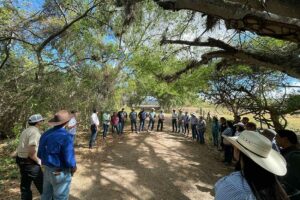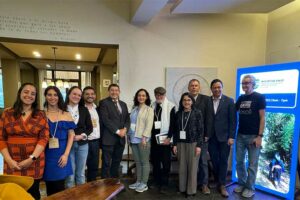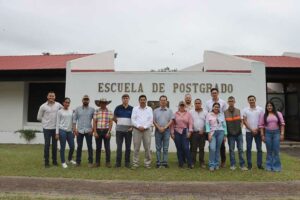Trifinio Communities Strengthen Their Resilience to Climate Change
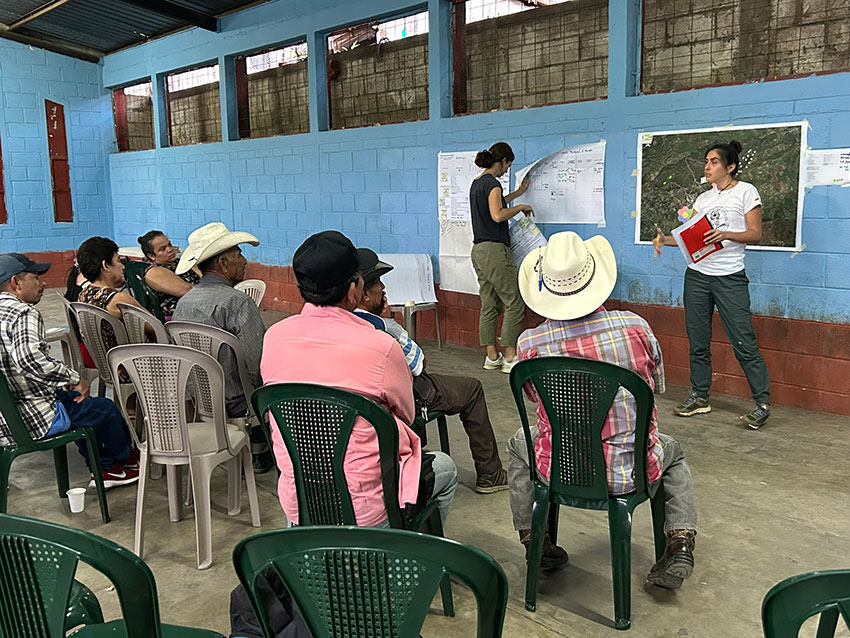
- Participatory workshops, funded by the Biodiverse Landscapes Fund, identify local solutions for ecosystem conservation and climate adaptation in the Trifinio region.
Between February 10 and 13, 2025, two types of events were held in the Trifinio region to address the impacts of climate change. On one hand, workshops were conducted in Chiquimula and Esquipulas (Guatemala), Ocotepeque (Honduras), and Metapán (El Salvador) with representatives from prioritized rural communities. On the other hand, meetings were held with governmental and non-governmental organizations to analyze and coordinate efforts in ecosystem services conservation and climate change adaptation.
This initiative is part of the Resilient and Biodiverse Landscapes of Northern Mesoamerica project, funded by the United Kingdom and implemented in the Trifinio sub-landscape by Wildlife Conservation Society (WCS) and CATIE (Tropical Agricultural Research and Teaching Center), in collaboration with the Trinational Commission of the Trifinio Plan and local partners.
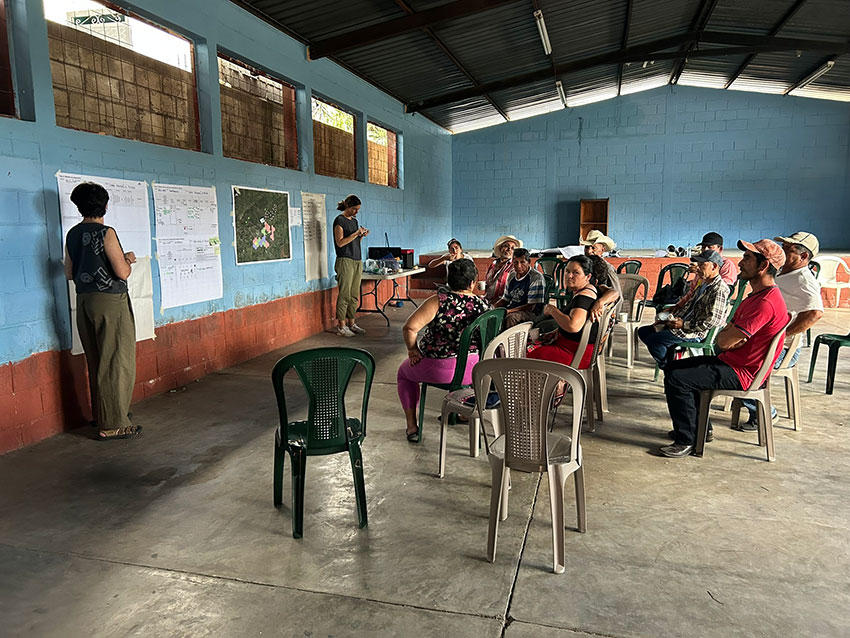
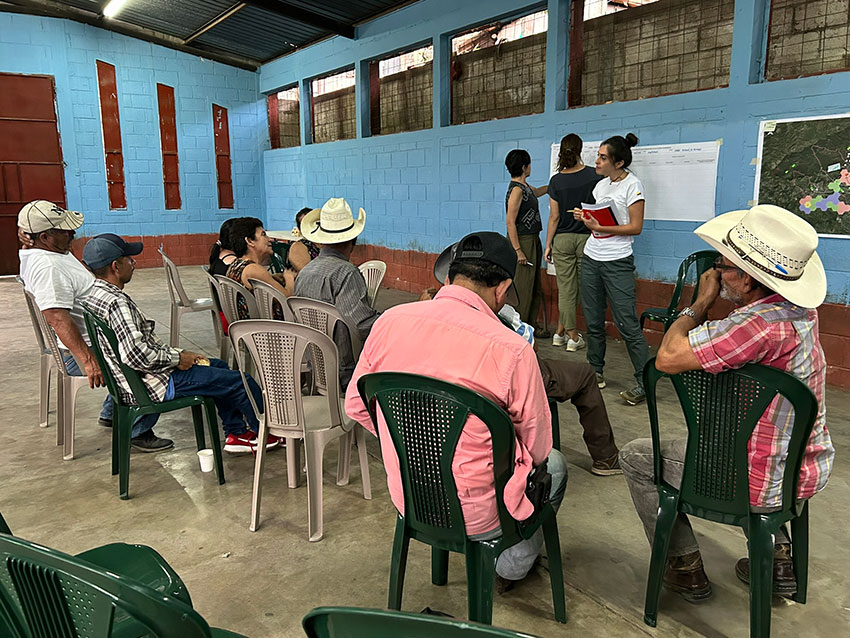
Participatory Mapping for Country-Specific Solutions
The workshops and meetings focused on completing a participatory mapping process with prioritized communities, enabling:
- In Guatemala and Honduras, the identification of the main climate change impacts on rural livelihoods and the definition of viable adaptation measures. Additionally, an inventory of ecosystem services conservation and forest restoration efforts was finalized.
- In El Salvador, the results of the landscape planning process were validated, and progress was made in preparing technical notes that will support funding proposals for implementing community actions.
- In all three countries, the characterization of wildfire governance began, a key step in improving emergency response to environmental crises in the region.
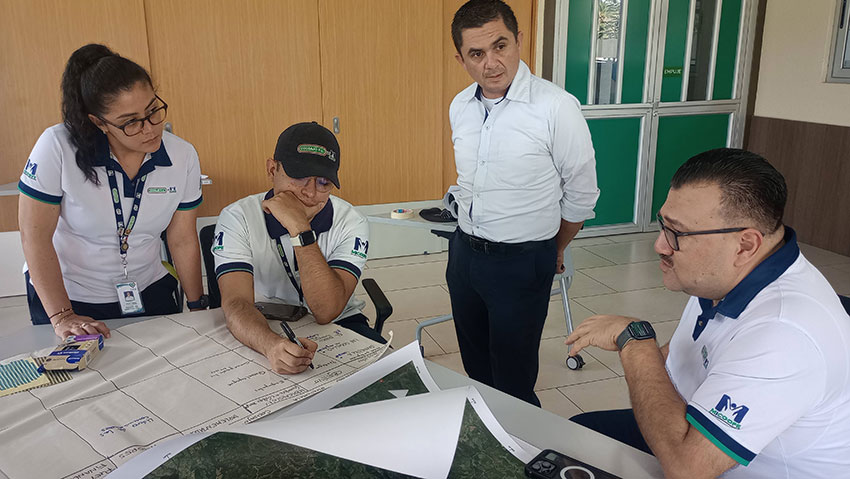
During the gatherings, communities worked on identifying the most viable agricultural practices to mitigate the effects of droughts and extreme storms on their crops. At the landscape level, priority areas were identified for water conservation and other essential ecosystem services.
Additionally, different communities and institutions provided their perspectives on the current wildfire situation in the region. This research was conducted by Agostina Ferro, a student of CATIE's International Master's Program in Agroforestry and Sustainable Agriculture, who is supported by a scholarship from the Resilient and Biodiverse Landscapes of Northern Mesoamerica project.
"These efforts will help design conservation agreements with communities and mobilize additional resources to implement prioritized actions, thereby strengthening the resilience of rural livelihoods," explained Claudia Bouroncle, workshop facilitator, alongside Tea Skrinjaric and Alvar Gonzalez, specialists from CATIE's Climate Action Unit.
The process involved key stakeholders such as the Ministry of Agriculture, Livestock, and Food (MAGA) and the National Forest Institute (INAB) in Guatemala; the National Institute of Forest Conservation (ICF) and the Secretariat of Agriculture and Livestock (SAG) in Honduras; and the National Center for Agricultural and Forestry Technology (CENTA) in El Salvador, as well as cooperatives, community organizations, and international cooperation entities.
cooperatives, community organizations, and international cooperation entities.
With these advancements, the Trifinio region is enhancing its capacity to address climate change challenges, ensuring the sustainability of its ecosystems and the well-being of its communities.
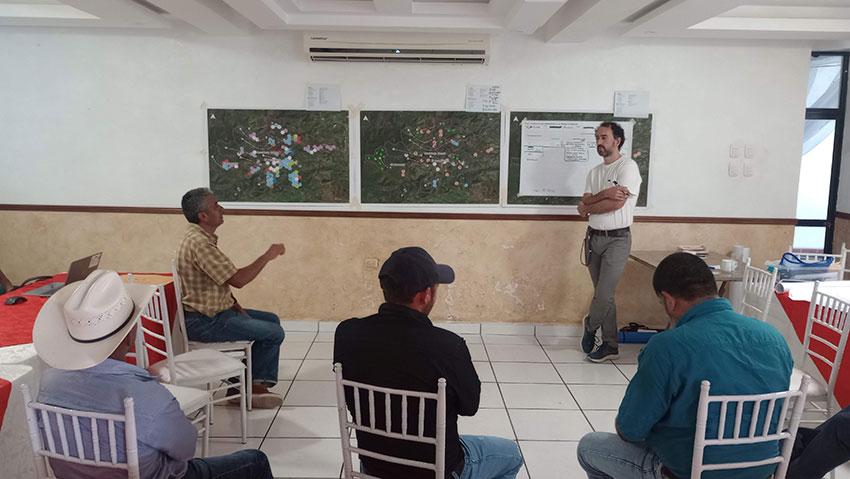
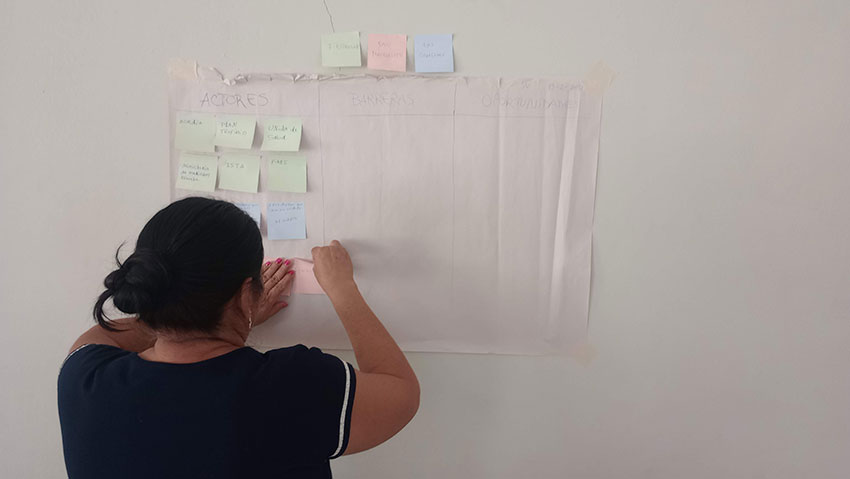
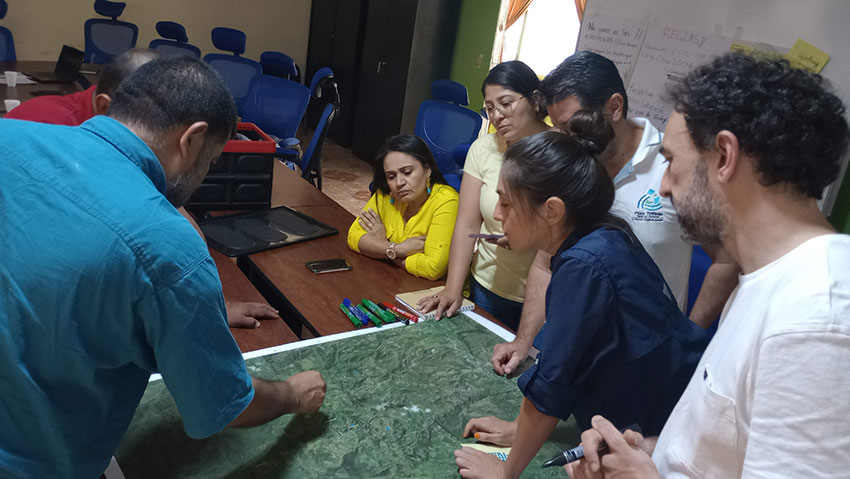
More information:
Alejandra Martínez-Salinas
Coordinator
Forests and Biodiversity in Productive Landscapes Unit
CATIE
amartinez@catie.ac.cr
Juan José Sosa
Local Coordination
Resilient and Biodiverse Landscapes of Northern Mesoamerica Project
Trifinio Sub-landscape
Trifinio Sub-landscape
Forests and Biodiversity in Productive Landscapes Unit
CATIE
juan.sosa@catie.ac.cr
Written by:
Karla Salazar Leiva
Communications Officer
Communications and Marketing Office
CATIE
karla.salazar@catie.ac.cr

